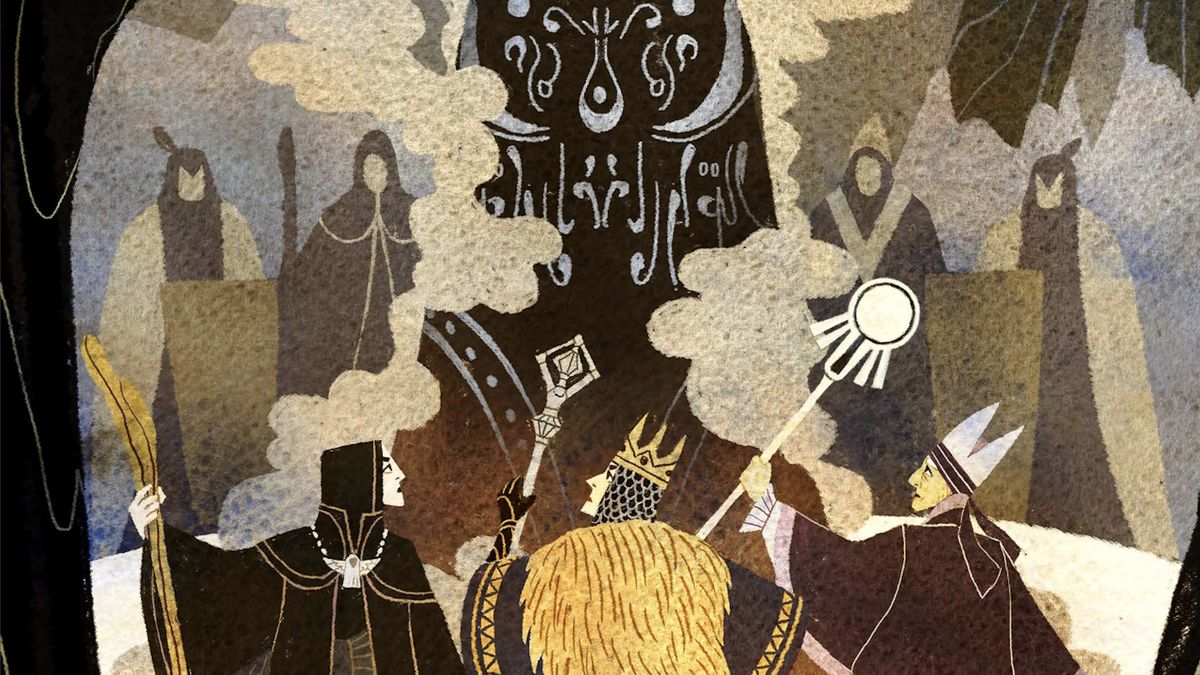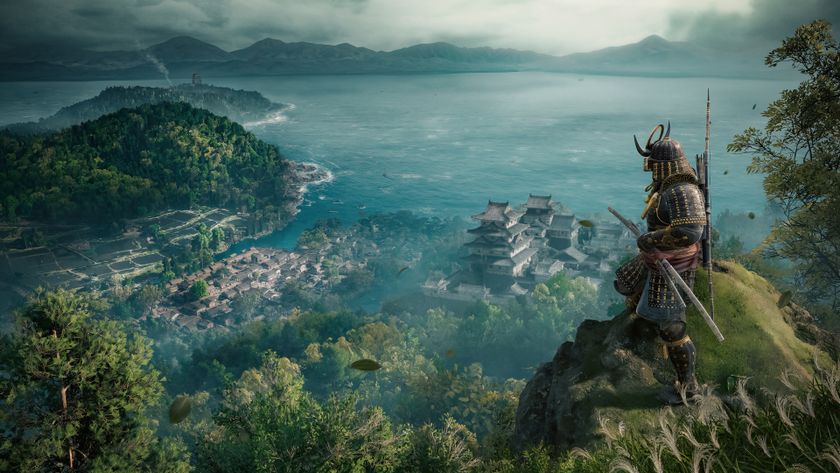12DOVE Verdict
Dolmenwood is a rich and fanciful setting, backed by an unforgiving old-school revival ruleset that definitely improves on the author's OSE system, making it more accessible to new players. There are intricate roll tables and guides to take the pressure off, but there's still a lot of weight on the GM to track everything, especially in the strat-heavy combat.
Pros
- +
Impeccable layout and navigation
- +
Gorgeous & varied artwork
- +
Flavorful roll tables
- +
Familiar stats for average D&D player
Cons
- -
Grindy advancement with severe detriments
- -
Front-loaded, strategy-heavy combat
- -
Pressure on the GM to handhold and track
Why you can trust 12DOVE
Dolmenwood is a British folkloric hexcrawl TRPG that'll have you elbow-deep in juicy political squabbles, theological intrigue, and tantalizing lore. Topped with a generous sprinkling of fairy mischief, you'd do well to remember that beneath the tomfoolery are themes to rival the most troublesome of Brothers Grimm stories. With OSR at its heart, Dolmenwood is no easy stroll through the forest, so prepare to put cold iron to the grindstone in this wild tale of trepidation.
Set in a world fractured by sordid betrayal, magical mishaps, and an insatiable chaos Godling, there's plenty of threads to follow as you explore perilous lands, traverse fairy roads, unearth shrines, and get battered by the unpredictable and very British weather of the many seasons and unseasons of Dolmenwood. It's all very enticing for the folklore-inclined, but in a landscape of the best tabletop RPGs dominated by giants like D&D and Pathfinder, where does a game like Dolmenwood stand?
Features & design
| Price | Campaign Book $60, Player's Book $30, Monster Book $30 |
| Ages | 18+ |
| Game type | TRPG |
| Players | 3-5 |
| Lasts | 2-4hrs per session |
| Complexity | Moderate |
| Designers | Gavin Norman |
| Publisher | Exhalted Funeral |
| Play if you like | The Labyrinth movie, J.R.R. Tolkien's On Fairy Stories, Old School Essentials, D&D B/X |
- Old School Ruleset
- No point distribution in character creation
- Saving throws are well thought out
The author, Gavin Norman, based Dolmenwood on his Old School Essentials (OSE) system – a clone of the 1981 D&D Basic/Expert (B/X) subset of 1st Edition. It comes with some light customizations to make the system palatable for new players, including a modern higher-is-better ruling for Armor Class, improvements to the Treasure Types system, and a bunch of additional rules for the common challenges and hazards of a British folklore setting.
The campaign book is 470-odd pages of well-structured, easy-to-parse information. The most pertinent notes are emboldened with the rest in parenthesis, or its own little nearby stat block, for when players engage. The 200-page player's handbook gently ushers in newbies with short preambles and examples where necessary. The PDF hyperlinks are well utilized, too, with each map hex linking out to its full description.
And my god the artwork is gorgeous. With contributions from a collective of artists, the designs fit so beautifully with how I envision the setting, I cannot praise this game enough in terms of graphic design and artworking.
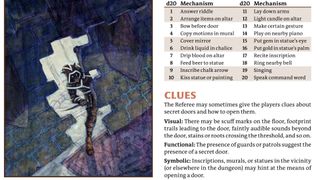
When it comes to character creation, Dolmenwood uses terms that'll be familiar to your average D&D player, though some are named more appropriately such as 'Kindred' in place of species. Before choosing a Kindred or Class, players roll 3d6 for all the usual Ability Scores like Strength, Charisma, and Intelligence in turn, with no option to distribute points. After choosing a Kindred and Class, you can improve your Prime Ability scores by adding a point and reducing another, less important score by two points (ouch).
Classes include Friars who can destroy the undead, chivalric Knights who can assess the worth of any steed, and Magicians who can detect magic innately, alongside the usual Bard, Cleric, Fighter, Thief, and Hunter archetypes, all with their own folkloric twists. As for Kindreds you have your average Mortal Humans, and goat-like Breggle with horn-related psychic powers. There are Fairy Kindreds including the immortal Elves and catlike, shapeshifting Grimalkin. Demi-Fey Kindreds such as Mossling and bat-faced Woodgrue also feature, each with special quirks such as the Mosslings' Yeast Master Knack that allows them to ferment sweet liquid and commune with the fungus (ew).
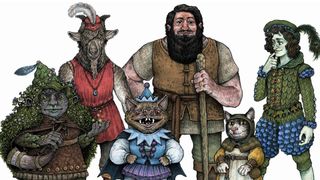
Characters all have Listen, Search, and Survival Targets rolled on a d6, similarly to Ability checks, with situational modifiers often coming into play. Most variables are noted with a percentage or "something in 6" chance to have a certain effect, such as for the Mosslings' fermented brew to be palatable to other Kindreds.
Attack rolls hinge on hitting or beating an opponent's AC on a d20 roll, plus mods, and Saving Throws have had a superb overhaul from D&D's B/X version. These are split into a simple array of Doom, Ray, Hold, Blast and Spell, which makes picking a category much easier when you're trying to avoid being poisoned, knocked down and the like.
Combat is also split into Rounds, at the start of which each side rolls against one another for Initiative. Before Initiative is rolled, however, characters must Declare whether they intend to flee from melee range, cast a spell, or Parry in case they lose Initiative. It's a bit more strat-heavy and much less reactive than something like D&D 5e.
Gameplay

- Highly strategic, often deadly combat
- Reliance on randomness makes balancing hard
- Glorious, deep lore and worldbuilding
Dolmenwood character creation is made easy thanks to the simple, two-page walkthrough and roll tables. They make the process super speedy for when you need to quickly roll up a new character mid-battle. And you most certainly will if you're not careful, because this is not a forgiving system. Once your character's HP hits zero, they die; no Death Saving Throws. Unless you're granted quick access to a high level caster who can revive the dead, it can be game over in an instant.
The real restrictions for player characters become clear when you try to play a Class that doesn't support the Prime Abilities you've rolled. Your character will have to live with a -10% or -20% XP modifier that means being left behind if you roll badly or miss a session, especially if the rest of your party is working with a 10% or 20% XP bonus. The system attempts to curb this by capping advancement so PCs can't rise more than 2 levels in a session. It's rare, but stripping players of their hard earned XP is a sure way to upset them.
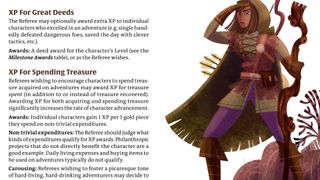
Thankfully there are plenty of optional advancement rules, including easier milestone advancement, and XP for gaining and/or spending money. So if someone's lagging behind XP-wise, you can always appoint them to acquire new gear while you're all in the tavern.
The reliance on randomness also means, while you might've come to Dolmenwood to try out one of the fun new Classes Norman dreamed up, you're stuck with whatever ragtag crew the dice cough up unless you're prepared to keep rerolling characters to make your stats fit, make huge sacrifices in your non-Prime Abilities, or give in and let players distribute Ability Points. This reliance on randomness also makes initial party balancing really hard.
As a GM, you're never strapped for lexical garnishings or substantial narrative fuel to fire a campaign
As for making Combat declarations and rolling for initiative every round, while it makes sense in a certain way it means combat is pretty front-loaded and much harder to track. It means Dolmenwood feels much more like a combat strategy game than more narrative focussed campaigns, despite the comprehensive narrative building blocks. Players have to think creatively to get out of combat or avoid it altogether, which makes combat all the more intense when it’s unavoidable. It’s tough as a GM as you have to be willing to either kill off your entire party, or give them an out even in low-level combat.

Dolmenwood is a fascinating campaign setting, though. As a GM, you're never strapped for lexical garnishings or substantial narrative fuel to fire a campaign. As far as the system goes, it hits a good middle ground between hardcore OSR and more modern rulesets. While it isn't the most rules-lite system, it covers the most important bits like fighting, looting, timekeeping, and travel succinctly with some unique and fun mechanics for things like drinking and foraging. It also goes over some rarer interactions like fighting in water, so as not to leave you in the dark if this is your first TRPG foray.
Advancement tables and easy fractional chances help soften the crunchiness, and optional rules provide alternate ways to track things like Encumbrance. It's not as dense a system as D&D 5e, but it certainly puts more pressure on the GM to keep track of everything. If they're not on the ball with balancing encounters and placing helpful herbs, potions, and characters, you might find your players TPKed by a handful of Pixies in a starter settlement (I'm not proud that I did this).
Should you buy Dolmenwood?
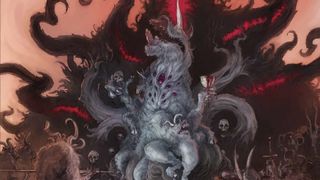
With OSR at its heart, Dolmenwood encourages a sandbox approach to tabletop gaming, pushing players to think outside the box or get wrecked. It offers abundant narrative building blocks, countless rumors for enticing players into the undergrowth, and all the tools that allow you to quickly slap together a story, supplementing the journey with fantastic roll tables for when players shift off course to follow some inane thread you mentioned on a passing whim.
Against its B/X foundation there are some drastically helpful improvements, but for all its frilly flavor text and drunken roll-table tomfoolery, Dolmenwood packs a punishing ruleset compared to many modern systems.
Buy it if...
✅ You want a streamlined old-school gateway system
If you're looking to dip your toes into OSR, this is one system that makes that leap much more accessible to your average TRPG player today.
✅ You've little time to do your own worldbuilding
The Dolmenwood campaign setting is rich and riveting, with a beautifully dark array of narrative seeds waiting to be sewn.
Don't buy it if...
❌ You're after an easy time
The system backing Dolmenwood makes total party kills something of a common hazard. You really have to be alert and strategically minded to play this game, or at least willing to roll a few characters preemptively.
❌ Your players want to fight everything
Players who aren’t used to brutal old school systems might underestimate how much trouble a single fight might put them in. They’ll need to use their other skills to avoid combat.
How we tested Dolmenwood
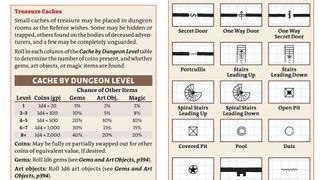
Disclaimer
Our review copy of Dolmenwood was provided by the publisher.
A few sessions of play, leading up to and working through the starter campaign. I also did a deep dive into the Campaign Book, Players Book and Monster Book to get a feel for how the game worked compared to other OSR games, as well as more modern TRPGs.
For a more comprehensive look at our process, see our guide to how we test board games, or the wider 12DOVE reviews policy.
For more content, why not look at some of the best TRPGs out there, or check out the game that beat Dolmenwood in the most anticipated TTRPGs of 2025 survey.

Katie is a freelance writer with almost 5 years experience in covering everything from tabletop RPGs, to video games and tech. Besides earning a Game Art and Design degree up to Masters level, she is a designer of board games, board game workshop facilitator, and an avid TTRPG Games Master - not to mention a former Hardware Writer over at PC Gamer.
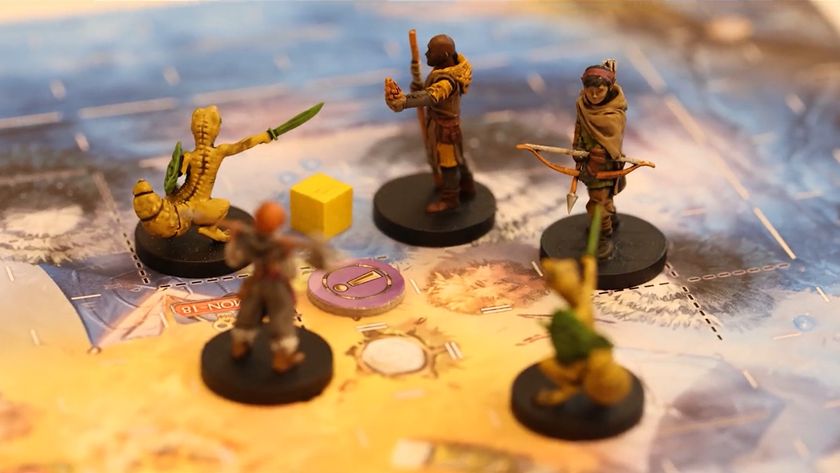
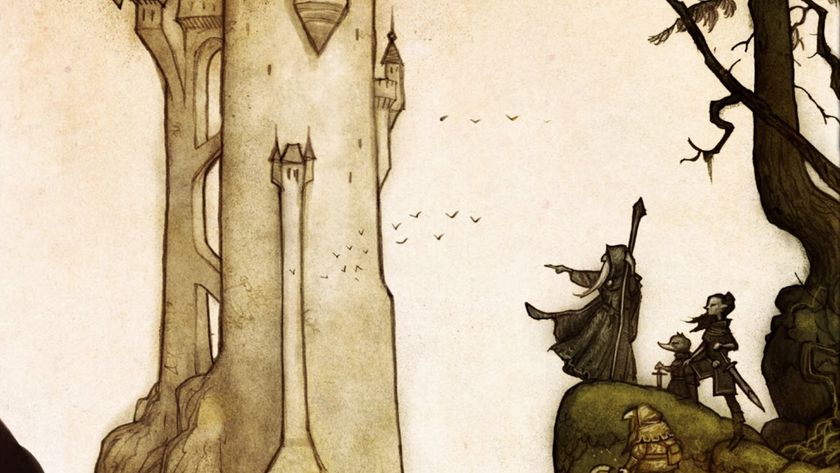
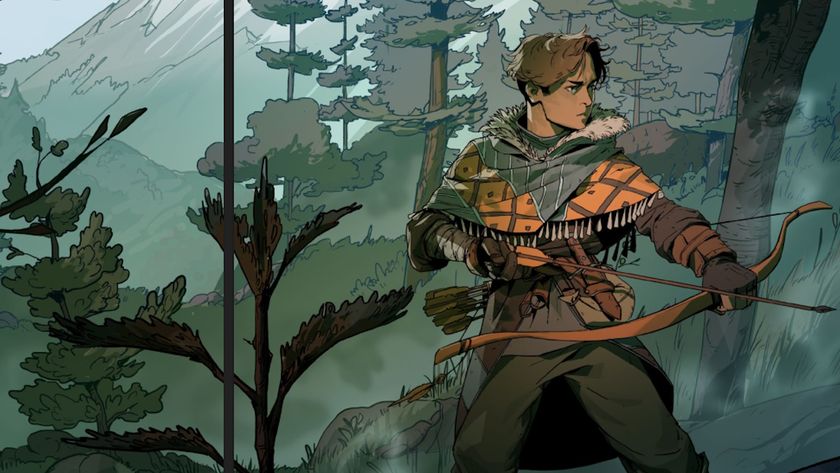
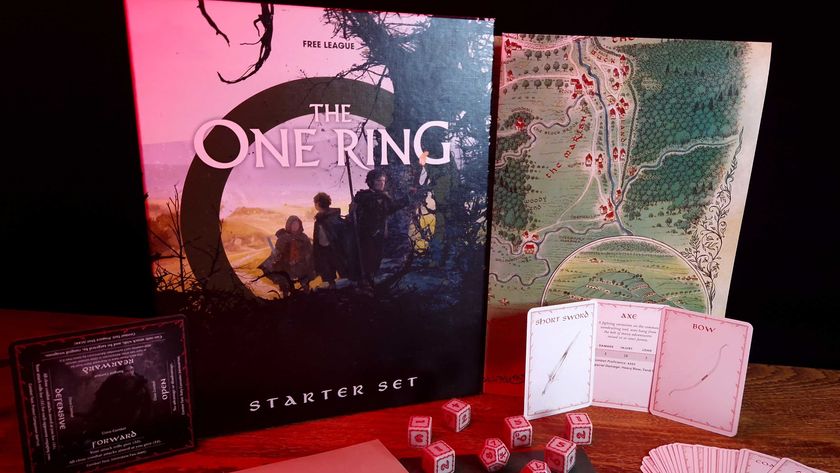
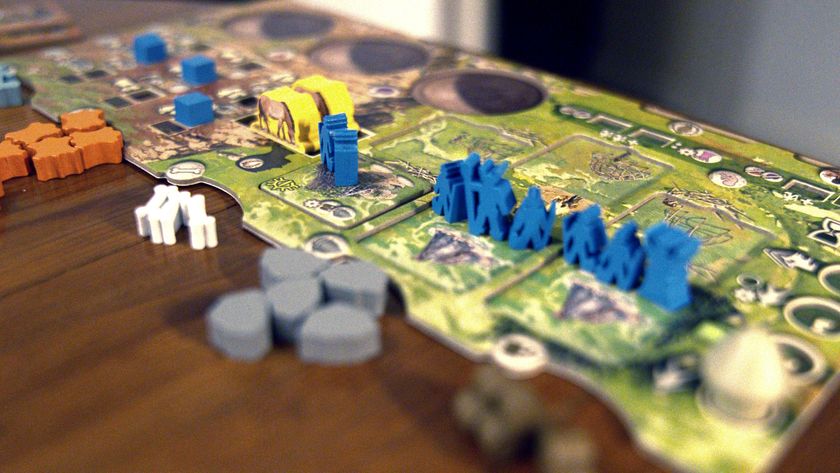
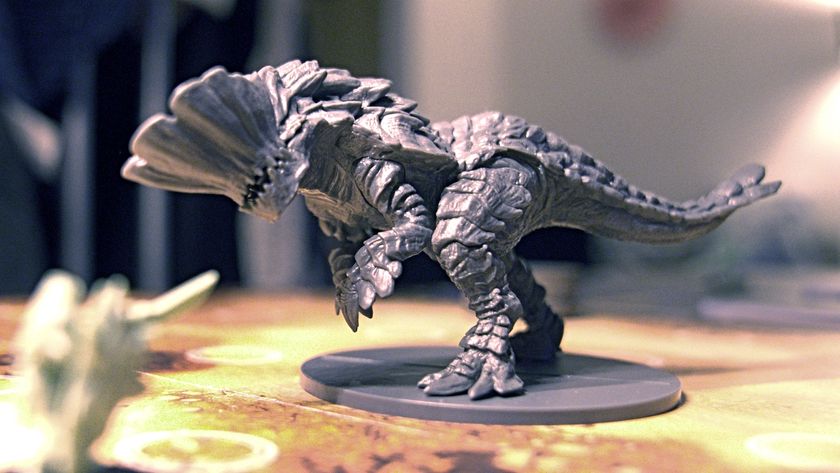


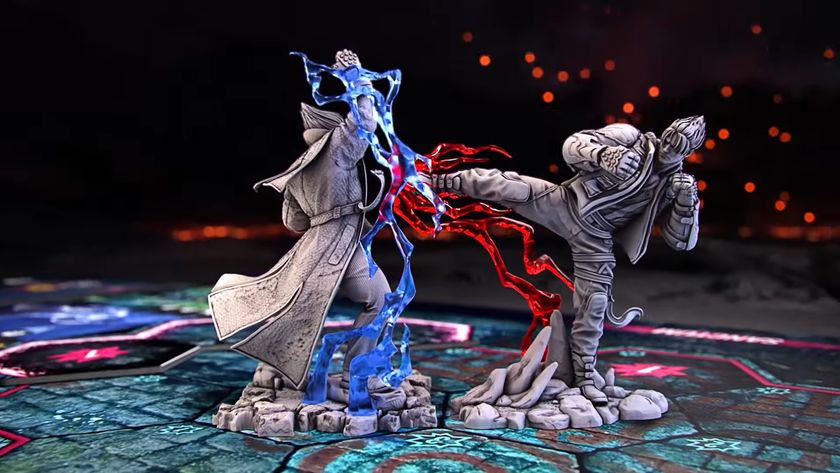
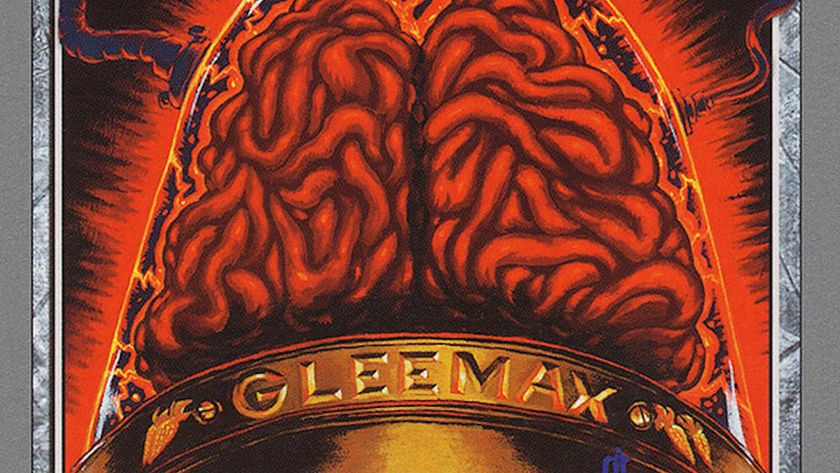
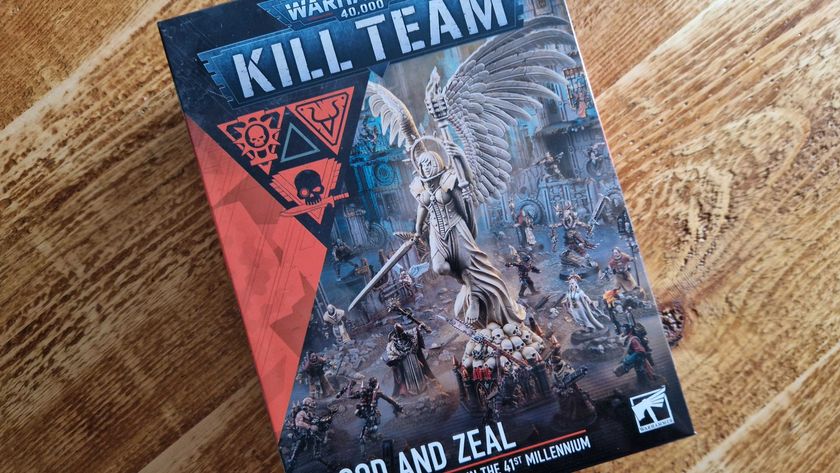







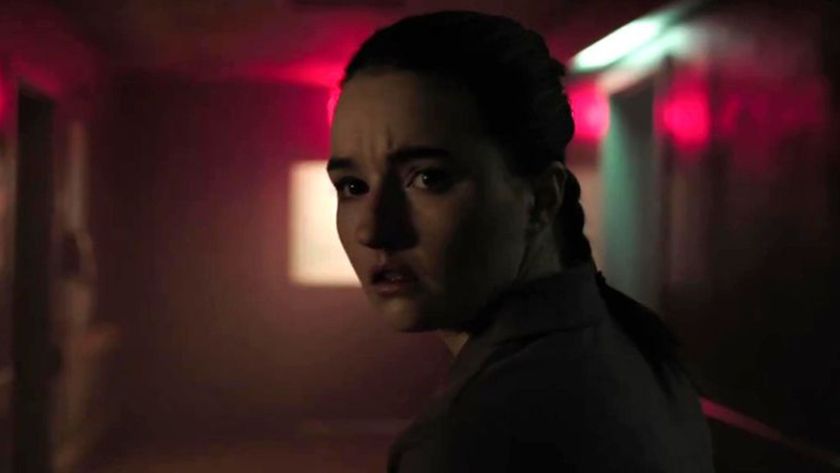
The Last of Us showrunner praises Abby actor's "physically tremendous" performance ahead of season 2: "We just haven't f**ked up in casting"
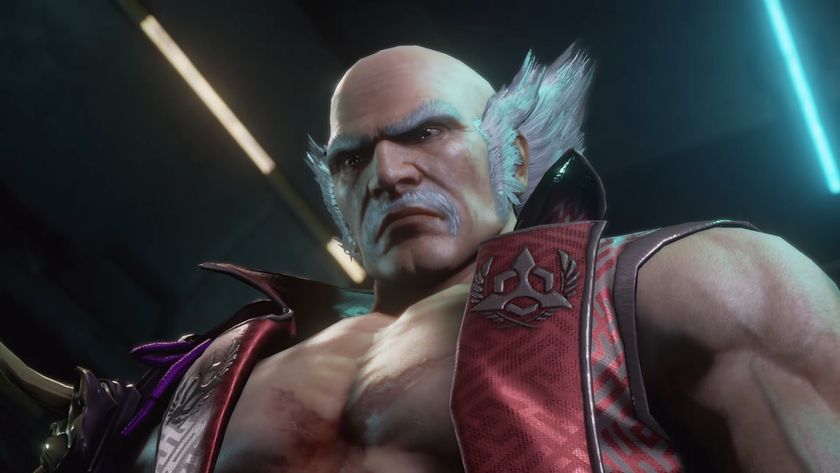
"I didn’t have a single ally": Tekken 4's negative reception put series boss Katsuhiro Harada under so much stress that he left Namco for a year

Assassin's Creed Shadows map size and all regions
